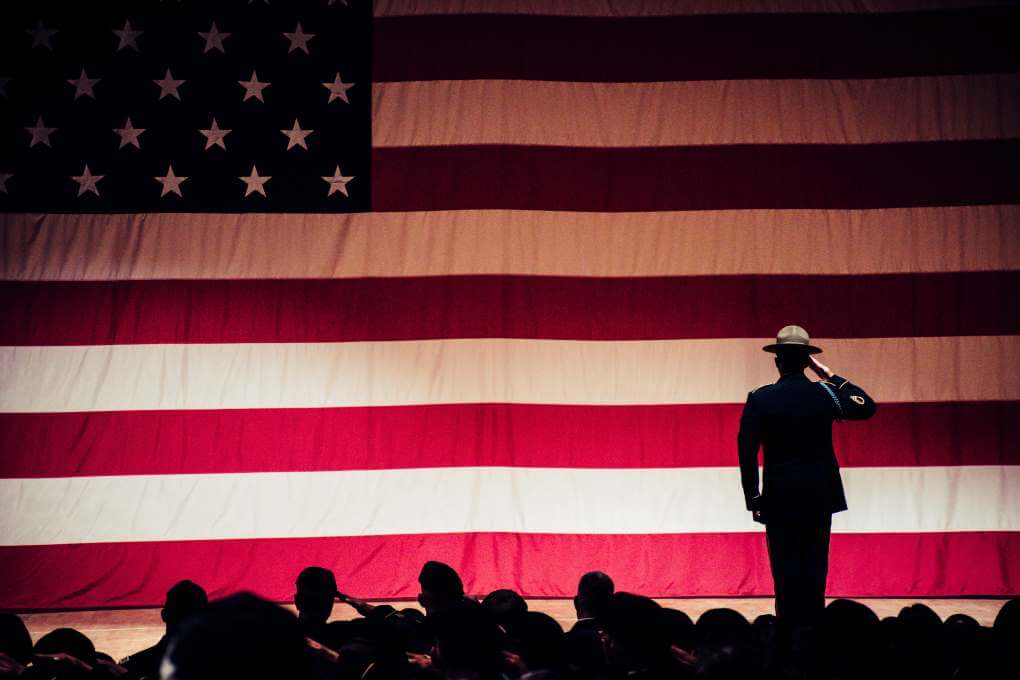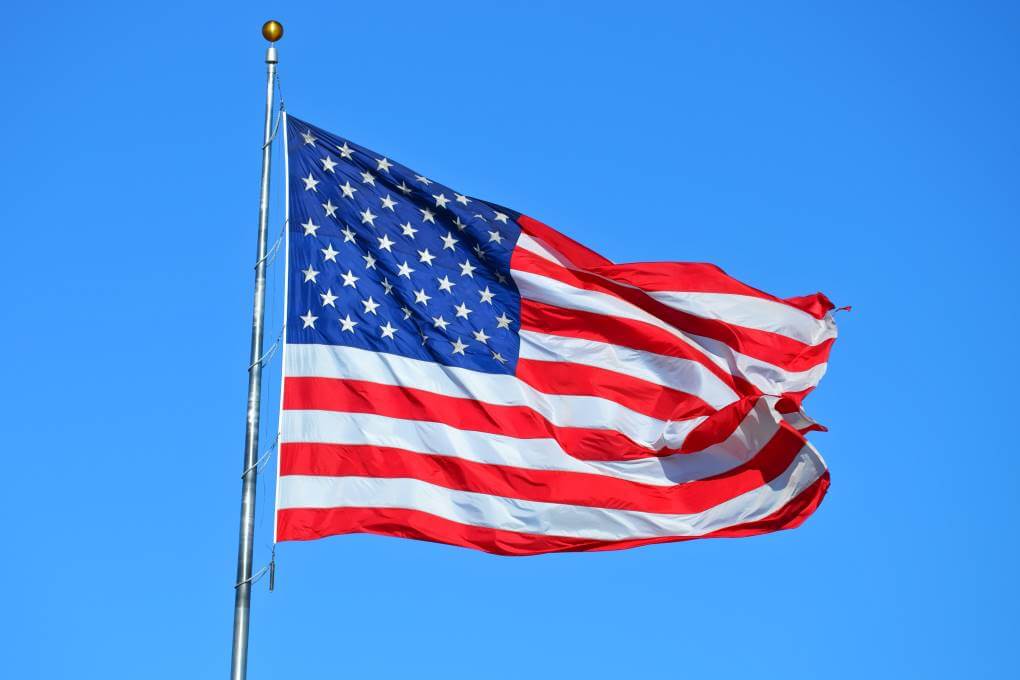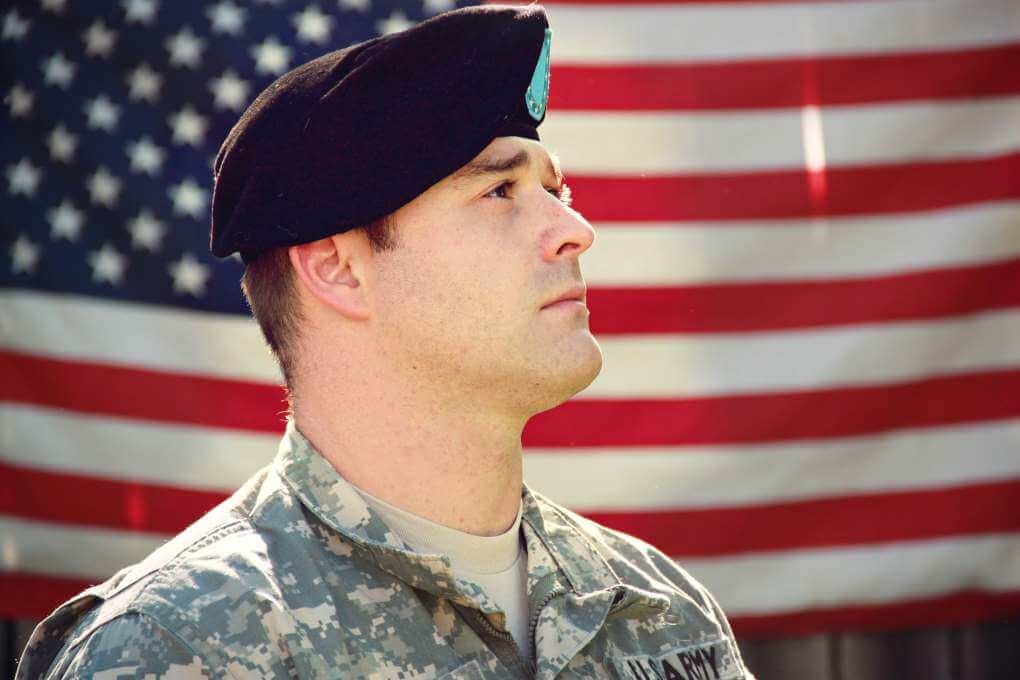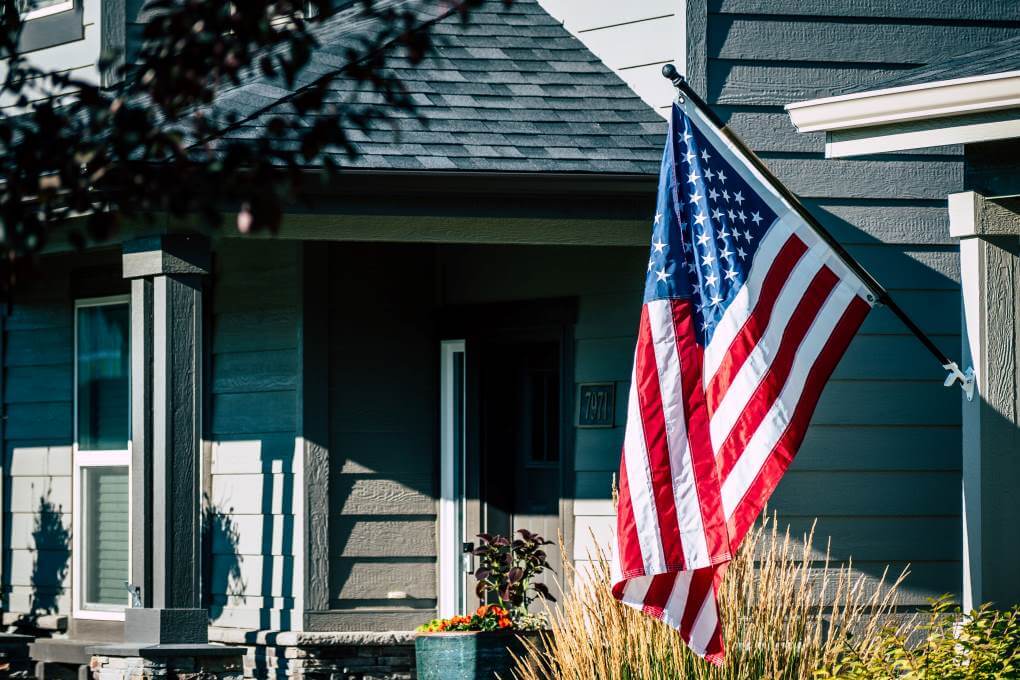
10 Facts About Flag Day 2025|Why Do We Celebrate Flag Day?
Every year on June 14, we celebrate Flag Day. This is extremely meaningful as we come together to celebrate and honor the brilliant stars and unwavering stripes of our beloved flag. Pennsylvania and New York, where it’s deeply revered, honor this day even though it’s not a national holiday.
Why Do We Celebrate Flag Day?
But what defines Flag Day as unique? Let’s take a trip down memory lane to 1777 when the Continental Congress issued a passionate resolution. They wisely advocated for developing a national flag representing the American people’s spirit and cohesion.
The year was 1777, a time of immense significance in the birth of our nation. During a fierce struggle for freedom, the visionary leaders of the Continental Congress came together, driven by an unwavering spirit. With passion in their souls, they resolved to create an official flag that would embody the very essence of the United States of America.

Flag Day wouldn’t become a holiday, though, for several more years. And although it’s unclear who made the formal call, we have some people to thank.
Wisconsin-born Bernard Cigrand, a well-known teacher, advocated for government recognition of the flag’s creation. George Morris, George Bolch, and Elizabeth Duane Gillespie, a descendant of Benjamin Franklin, were other noteworthy figures who shared this viewpoint at the time. They were all spotted promoting Flag Day in newspapers and staging their events in their local areas.
When is Flag Day?
Flag Day, celebrated annually on June 14, is not a federally recognized holiday. It was not added to the 1968 Uniform Holiday Act, which established the current federal holiday list. We honor the stars and stripes with songs, parades, and ceremonies on Flag Day and other patriotic holidays. However, we may not get to June 14.
10 Facts About Flag Day 2025
1- A high school student created the current flag
The potential of teenagers is so much greater than we give them credit for! The 50-state American flag was created by a teenager, but who knew?
A competition to design a new flag that reflected how the nation had developed was held in 1958. President Dwight Eisenhower picked Robert G. Heft’s design from more than 1,500 entries when he was 17 and from Lancaster, Ohio.
2-The flag’s colors have special meanings
Many individuals might be unaware that the American flag’s colors have significance beyond being merely decorative. The red, white, and blue colors of our flag stand for bravery, purity, and innocence, while the red color represents vigilance, endurance, and justice, according to the USA Gov.
3-Never should the flag touch the ground
The flag must never touch the ground or the water, as per US Code. When there are national days of memory or periods of mourning, the flag is frequently flown at half-staff.
A few other notable restrictions include never using a flag as clothing, bedding, or drapes, carrying it flat or horizontally, or displaying it upside down unless in times of extreme hardship or danger.
4-On the moon, six American flags have been placed.
One of the most recognizable images in American history is Buzz Aldrin holding an American flag while standing on the moon. In 1969, during the Apollo 11 mission, the United States placed the first flag on the moon. Five more American flags have since been erected on the moon during follow-up missions.
5-The Design had nothing to do with Betsy Ross
The original American flag was sewn and designed by Betsy Ross, an upholsterer from Philadelphia, but there is no proof that she was involved. Strangely, about a century after the flag’s premiere and many years after Ross’s passing, the first story of Ross’s flag-sewing legacy didn’t air until 1870. Ross’s grandson was the first to share the story. It is still unknown if her lore is accurate.
6-The flag can be waved around the clock
US law allows flag display between sunrise and sunset. The National Flag Foundation advises that you can fly the flag for the full 24 hours if you utilize lighting to make it visible at night.
7-The flag appears backward on military clothing

It’s not because a Marine put on his uniform backward that you’ve ever seen a backward flag patch on his fatigues. The star field of military uniform flag patches should always face forward to simulate a flag waving in the wind as men charge into battle, according to The Institute of Heraldry.
8-In times of grief, the American flag is flown at half-staff
The flag should be flown at half-staff following a tragedy or fatality in the United States. This is done in remembrance of the deceased. The flag should run swiftly to the top of the staff before being slowly lowered to half-staff, according to the U.S.
9-Superflag is the name of the biggest American flag
It is no secret that the United States does things big, and the flag is no exception. The Superflag, the world’s largest American flag, previously held the title of the largest flag. According to the Guinness Book of Records, this is the record. It weighs 3,000 pounds, and it takes 130 people to move it.
10- Even after touching the ground, a flag can still be used
If possible, avoid touching a flag touch the ground. When it has been washed or dry cleaned, it can still be shown even if it contacts the ground.
How Do We Celebrate Flag Day?

There are many ways to celebrate Flag Day. A great place to start is by displaying an American flag. You might also add flare by using patriotic decorations. There are numerous parades and ceremonial celebrations to participate in!
Useful Links
30 Powerful Juneteenth Quotes To Celebrate Struggle and Freedom




